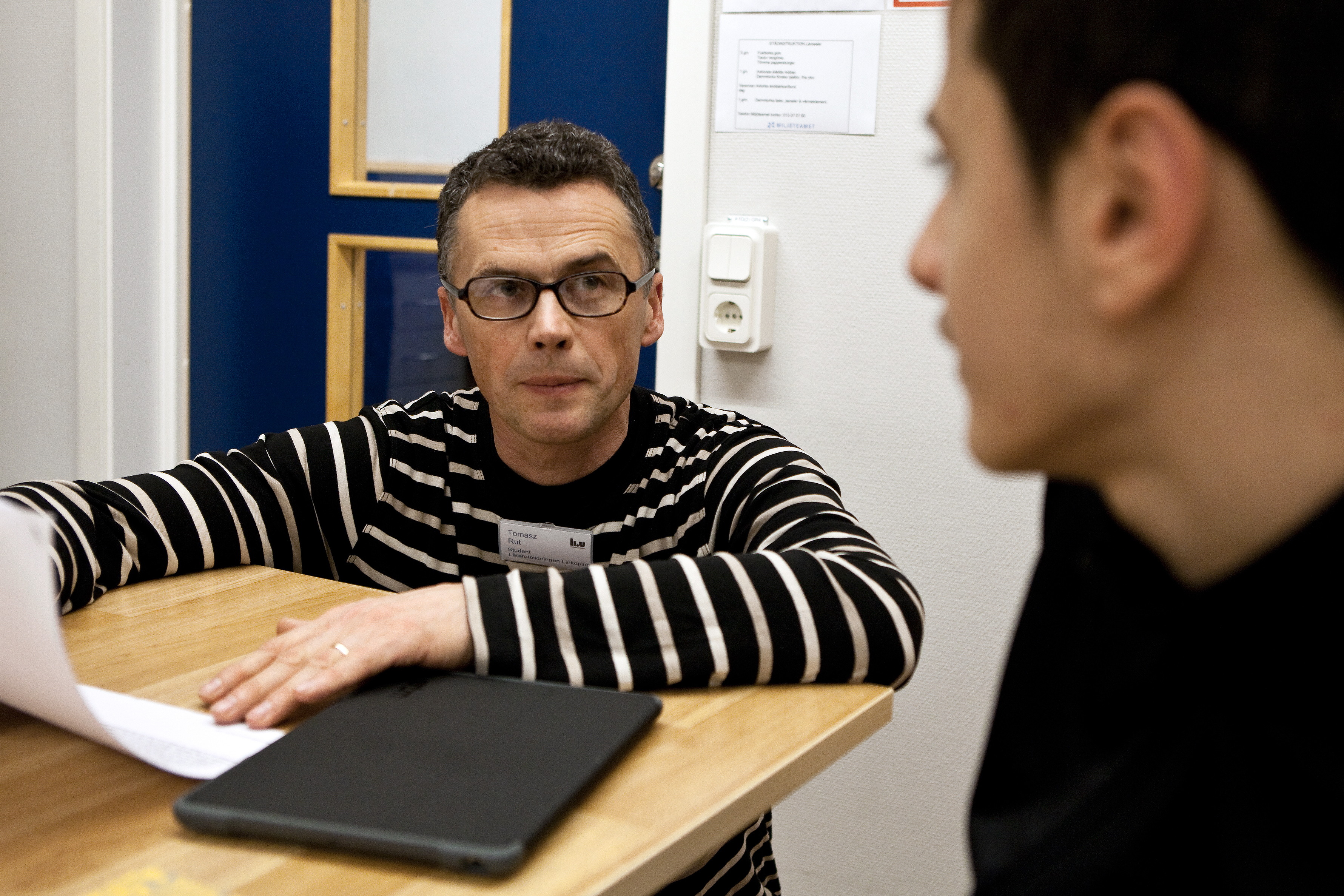Resurspersonal i skolan – vad visar forskningen?
DOI:
https://doi.org/10.3384/venue.2001-788X.3261Keywords:
Resurspersonal, Stödfunktion, Särskilt stöd, ElevassistentAbstract
I skolan ökar användningen av resurspersonal för elever i behov av särskilt stöd. ”Resurserna” innefattar främst elevassistenter, lärarassistenter och fritidshemspersonal, men även andra personalkategorier. Det gemensamma för personalgruppen är att den generellt sett har liten eller ingen utbildning för att möta elever i svårigheter. Trots det är det vanligt att resurspersonal, särskilt elevassistenter, anställs för att arbeta med elever i behov av särskilt stöd, men arbetsuppgifterna är sällan tydligt formulerade.
Full-text of the article is available for this locale: Svenska.
References
Attention (2011). Allt är en kamp - en undersökning om skolsituationen för elever med neuropsykiatriska funktionsnedsättningar. Riksförbundet Attention, http://attention.se/wp-content/uploads/2014/03/pdf-undersokning-rapport-skolenkat-allt-ar-en-kamp-2011.pdf, hämtad 2017-11-16.
Bennett, M., Ng-Knight, T., & Hayes, B. (2017). Autonomy-supportive teaching and its antecedents: differences between teachers and teaching assistants and the predictive role of perceived competence. European Journal of Psychology of Education, 32, 643-667.
Brown, J. A., & McIntosh, K. (2012). Training, inclusion, and behaviour: Effect on student–teacher and student–SEA relationships for students with autism spectrum disorders. Exceptionality Education International, 22, 77-88.
Cajkler, W. & Tennant, G. D. (2009). Teaching assistants and pupils’ academic and social engagement in mainstream schools: insights from systematic literature reviews. International Journal of Emotional Education, 1, 71–90.
Demie, F., & Lewis, K. (2010). Raising the achievement of Portuguese pupils in British schools: a case study of good practice. Educational Studies, 36, 95-109.
Dolva, A.?S., Gustavsson, A., Borell, L., & Hemmingsson, H. (2011). Facilitating peer interaction: Support to children with Down syndrome in mainstream schools. European Journal of Special Needs Education, 26, 201-213.
Farrell, P., Alborz, A., Howes, A., & Pearson, D. (2010). The impact of teaching assistants on improving pupils’ academic achievement in mainstream schools: A review of the literature. Educational Review, 62, 435-448.
Giangreco, M. F. (2010). Utilization of teacher assistants in inclusive schools: Is it the kind of help that helping is all about?. European Journal of Special Needs Education, 25, 341-345.
Gibson, D., Paatsch, L.., & Toe, D. (2016). An analysis of the role of teachers’ aides in a state secondary school: Perceptions of teaching staff and teachers’ aides. Australasian Journal of Special Education, 40, 1-20.
Hancock, R., Hall, T., Cable, C., & Eyres, I. (2010). ‘They call me wonder woman’: The job jurisdictions and work?related learning of higher level teaching assistants. Cambridge Journal ofEducation, 40, 97-112.
Kronen, M. (2012). Tätt intill - hela dagen!: Handbok för elevassistenter i skolan. Malmö: InfolitenBOK.
Lindqvist, G., Nilholm, C., Almqvist, L. & Wetso, G.-M. (2011). Different agendas? The views of different occupational groups on special needs education. European Journal of Special Needs Education, 26, 143-157.
Lindqvist, H., Östergren, R. & Holme, L. (2020). Elevassistenter i skolan: En forskningsöversikt. PedagogiskForskning i Sverige, ahead of print, ISSN 1401-6788.
Radford, J., Bosanquet, P., Webster, R., & Blatchford, P. (2015). Scaffolding learning for independence: Clarifying teacher and teaching assistant roles for children with special educational needs. Learning and Instruction, 36, 1-10.
Skolverket (2014). Arbete med extra anpassningar, sa?rskiltsto?d och a?tga?rdsprogram. Skolverket. https://www.skolverket.se/getFile?file=3299, hämtad 2020-02-19.
Webster, R. (2015). The classroom experiences of pupils with special educational needs in mainstream primary schools—1976 to 2012. What do data from systematic observation studies reveal about pupils’ educational experiences over time?. British Educational Research Journal, 41, 992-1009.
Wren, A. (2017). Understanding the role of the Teaching Assistant: Comparing the views of pupils with SEN and TAs within mainstream primary schools. Support for Learning, 32, 4-19.

Downloads
Published
Versions
- 2025-08-04 (2)
- 2020-09-07 (1)
How to Cite
Issue
Section
Categories
License
Copyright (c) 2020 Henrik Lindqvist, Rickard Östergren, Lotta Holme

This work is licensed under a Creative Commons Attribution-NonCommercial 4.0 International License.
 Unless otherwise stated, works from 2019 are licensed under a Creative Commons Attribution-NonCommercial 4.0 International License.
Unless otherwise stated, works from 2019 are licensed under a Creative Commons Attribution-NonCommercial 4.0 International License.




